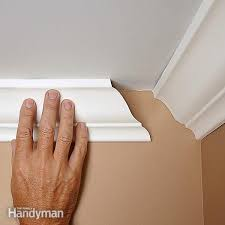I've generally mitered joints and very rarely coped them in trim or molding, and have been able to achieve an appearance I was satisfied with.
But "traditionally," coped joints seem to have been the norm. Even in my 1970's house there are plenty of examples of coped joints in baseboard (skirting board) and some were done in the 90s. So even in the era of power miter boxes the people who did that work felt coping was a better choice. But personally I'm not sure what the rationale for that actually is.
(Coping clearly could be useful in a retrofit situation, matching up a new piece against something existing without disturbing what is already there. But I'm thinking more of a situation where you are joining two new components.)
Also, just for the sake of argument, assume that the skill of the woodworking / carpenter is good enough to create a good joint either way. I'm interested more in the inherent advantages of either approach.
Just for clarity, its a joint of this general type I'm thinking of:
but it need not be a perfect 90.
